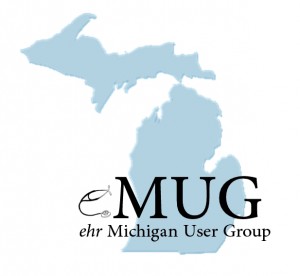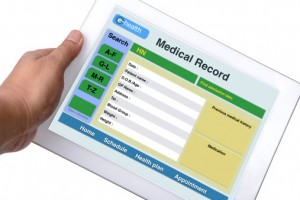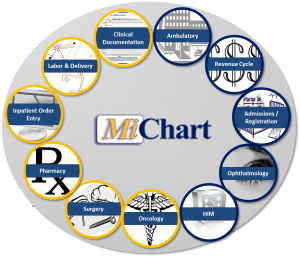GLRA is an acronym recognized by anyone who has been through a large-scale system implementation. Spelled out it is Go Live Readiness Assessment. It is typically done at the 90, 60, and 30-day mark before  a go live. At the University of Vermont Health Network (UVMHN), our 90-day GLRA for Epic Wave 1 was this week.
a go live. At the University of Vermont Health Network (UVMHN), our 90-day GLRA for Epic Wave 1 was this week.
Dr. John Brumsted, UVMHN CEO, kicked the day off with a powerful message on how important the Epic project is to the network and our patients. He talked about why we are doing this for the region that includes six hospitals, a medical group, many ambulatory locations and home health and hospice in both Vermont and New York. He set realistic expectations saying it wouldn’t be perfect and there would be issues. But he expressed confidence in the project, and everyone involved in making it a success. His presence for a good portion of the morning spoke volumes about his support for this massive initiative and appreciation for all involved. The network CFO and the University of Vermont Medical Center (UVMMC) president, CNO, CMO and VP for Medical Group Operations were also there for a good portion of the morning.
Dr. Adam Buckley, UVMHN CIO, followed Dr. Brumsted by talking about how the journey to a common, fully integrated EHR began back in 2013. A journey that included a Certificate of Need (CON) review and approval by the Green Mountain Care Board. He too set realistic expectations about how many tickets we’ll have at go live just like every other major EHR implementation around the country and thanked the interdisciplinary team involved.
Lori Boisjoli, UVMHN VP Application Portfolio, then framed the day for everyone. The morning would be focused on the UVMMC with revenue cycle and the full suite of specialty modules going live. The afternoon would be focused on the three affiliate sites where ambulatory clinical and revenue cycle are going live. She highlighted that GLRA is the time to raise any significant issues and risks so project leadership can capture them for follow-up. Continue reading



 In August 2014, I posted “
In August 2014, I posted “ Creating sustainable Health Information Exchanges (HIE), not to be confused with a Health Insurance Exchange, is what we are all focused on now. The Office of the National Coordinator for Health IT (ONC) published “Connecting Health and Care for the Nation: A Shared Nationwide Interoperability Roadmap” for public comments earlier this year. There has been progress over the years but we still have a long ways to go.
Creating sustainable Health Information Exchanges (HIE), not to be confused with a Health Insurance Exchange, is what we are all focused on now. The Office of the National Coordinator for Health IT (ONC) published “Connecting Health and Care for the Nation: A Shared Nationwide Interoperability Roadmap” for public comments earlier this year. There has been progress over the years but we still have a long ways to go. Given space limitations, we had 200 attendees last year and with the venue this year we were able to accommodate 400, a significant increase. With 11 health systems in Michigan on Epic, that’s a good size group from each organization.
Given space limitations, we had 200 attendees last year and with the venue this year we were able to accommodate 400, a significant increase. With 11 health systems in Michigan on Epic, that’s a good size group from each organization.
